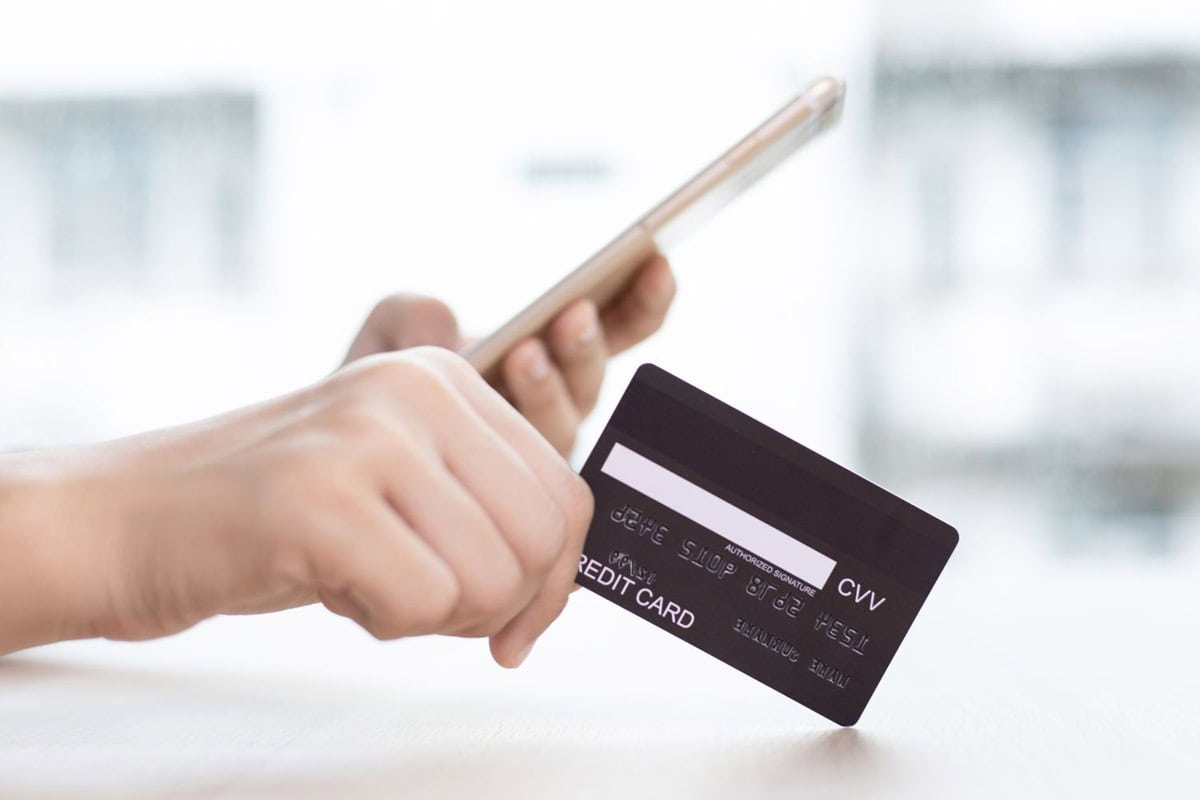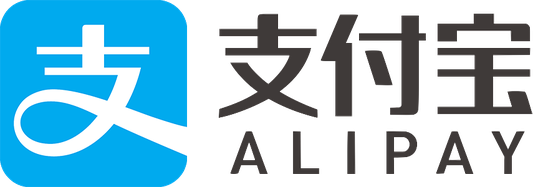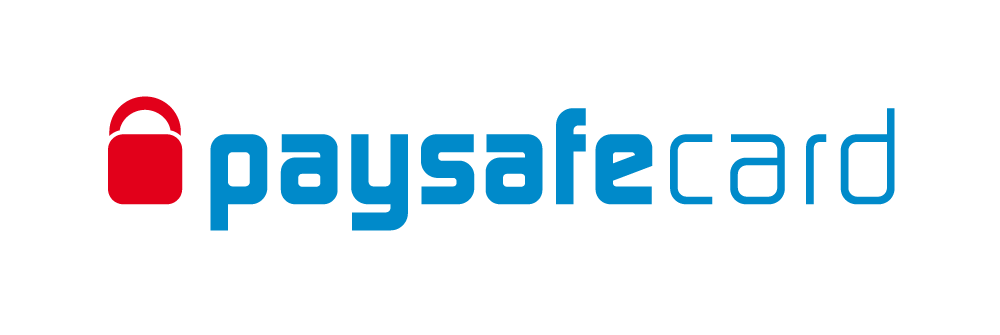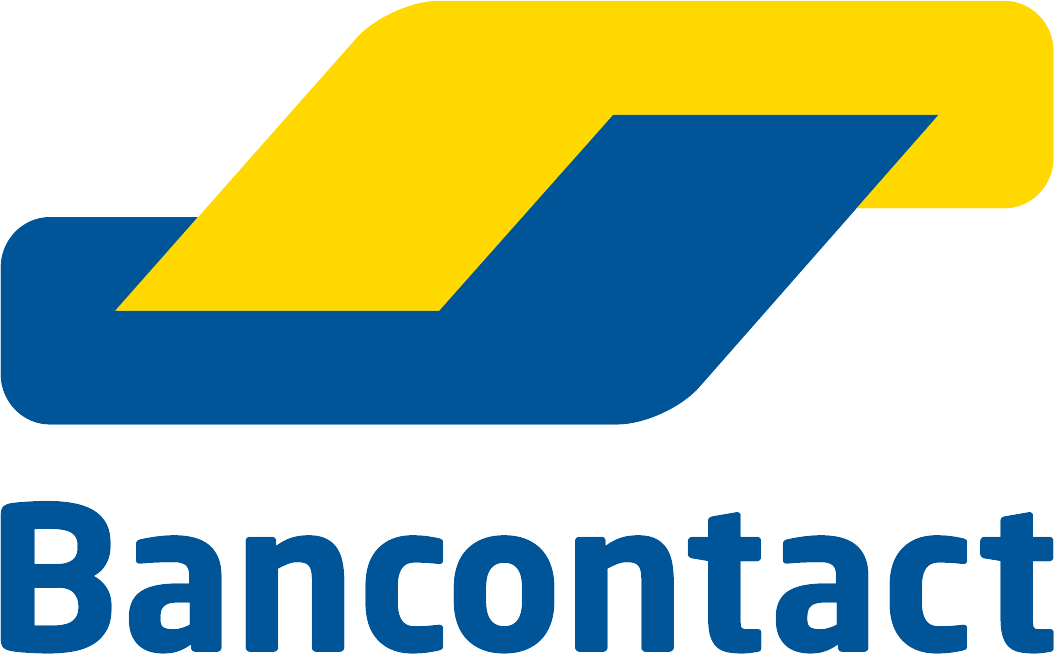
We help businesses accept payments online.
As Japan embraces its cashless vision, the country’s shift toward digital payments is changing how eCommerce businesses engage with customers. In 2023, cashless settlements accounted for nearly 40% of all consumption, driven by the rapid adoption of QR code payments and contactless technologies. While this transition to digital payments presents powerful opportunities for businesses, it also introduces new challenges, particularly in the realm of friendly fraud.
The Japanese government is targeting an 80% cashless ratio, driven in part by an unprecedented influx of tourists and events like the 2025 World Expo in Osaka. As a result, digital payment options are rapidly becoming the standard, moving away from Japan’s long-standing cash-only mindset. Businesses that integrate tools like contactless payments will be better positioned to meet growing demand. However, as digital payments become the norm, it’s crucial for businesses to not only offer convenience but also protect themselves from emerging risks.
How do contactless payments help businesses fight friendly fraud? Built-in tools like tokenization and biometric ID checks make it harder for customers to dispute charges they’ve already approved. Moreover, they speed up checkout and reduce friction, giving businesses a smarter, more secure way to get paid.
For eCommerce businesses looking to integrate contactless payments while mitigating fraud risks, KOMOJU offers a reliable payment gateway solution. With a wide range of payment methods—including QR code payments, credit cards, and mobile wallets—KOMOJU allows businesses to easily offer secure, convenient payment options to customers.
What Is Friendly Fraud?
Friendly fraud is when a legitimate customer makes a purchase and later disputes the charge, claiming it was unauthorized. This typically results in a chargeback, where the money is refunded to the customer, and the merchant must absorb the loss.
Friendly fraud can occur either accidentally when a customer doesn’t recognize the transaction or intentionally when a buyer attempts to reverse a legitimate purchase for personal gain.
While Japan is known for its low chargeback rates, friendly fraud still exists. According to recent data, Japan’s chargeback rate stands at just 0.18%, one of the lowest in the world. This is thanks to effective payment systems and the cautious spending habits of Japanese consumers, who tend to review transactions carefully and avoid impulsive spending.
However, the country has seen a rise in fraudulent credit card activity, with fraudulent card usage reaching ¥54.1 billion in 2023, up from ¥43.6 billion in 2022. Despite the increase in fraud, Japan’s relatively low chargeback rate indicates that the systems in place effectively manage and resolve disputes, making it important for businesses to continue focusing on fraud prevention.
How Contactless Payments Prevent Friendly Fraud
Friendly fraud happens when a legitimate cardholder disputes a charge they actually authorized—either intentionally, to try and reverse a payment, or by mistake. This kind of fraud is especially frustrating for merchants because the customer has, in most cases, received the product or service but still tries to claim the transaction was unauthorized.
Contactless payments, particularly those made through mobile wallets like Apple Pay and PayPay, help protect merchants against friendly fraud by adding multiple layers of security and authentication that make it much harder for customers to dispute legitimate charges.
Before a contactless transaction can proceed, mobile wallets typically require biometric authentication, such as Face ID, Touch ID, or other forms of identity verification. This means the cardholder must actively approve the purchase at the time of payment.
If the same person later tries to file a chargeback, claiming the transaction wasn’t authorized, the merchant can point to biometric authentication as proof that the cardholder verified the payment themselves. This makes it significantly harder for fraudulent chargebacks to succeed.
Additionally, the card number isn’t used when a contactless payment is made. Instead, it’s replaced with a unique token that only works for that specific transaction. This process, known as tokenization, keeps the cardholder’s sensitive information safe and ensures that no actual card details are stored or transmitted.
For merchants, this reduces the risk of fraud due to stolen card data and also strengthens their case in the event of a dispute. Since no real card information was involved in the transaction, it becomes harder for a customer to argue that the payment was compromised.
Finally, contactless payments rely on Near-Field Communication (NFC), which only works over a very short distance (literally centimeters). The payment data is also encrypted, making it almost impossible for someone to intercept or manipulate the transaction.
This secure transmission helps protect both the customer and the merchant. For merchants, it means fewer vulnerabilities during the payment process and fewer chances for customers to falsely claim that a transaction was tampered with or unauthorized.
In short:
- Reduces Disputes from Verified Customers: Biometric authentication (like Face ID or fingerprint) confirms the cardholder’s identity during checkout, making it harder for them to deny authorizing the transaction later.
- Protects Merchants from Fraudulent Chargebacks: Tokenization hides actual card details, reducing the risk of stolen data being used and helping merchants avoid costly and unfair chargebacks.
- Secures Transactions to Prevent False Claims: Encrypted NFC technology ensures payments are transmitted safely and only at close range, making it more difficult for bad actors to interfere or claim the transaction wasn’t legitimate.
What Exactly is Contactless Payment?
Contactless payment is a method that allows customers to make transactions without physically using a card or cash. It utilizes Near Field Communication (NFC) technology to communicate between a payment device (such as a smartphone, smartwatch, or contactless card) and a payment terminal when they are in close proximity, typically through a simple “tap.”
Despite Japan being one of the last APAC countries to embrace digital payment methods, it played a pioneering role in the development and adoption of contactless payments, largely driven by Sony’s FeliCa technology, introduced in 2004. This Radio-frequency identification (RFID)-based system quickly became a standard for secure, fast payments, particularly in public transportation and retail.
In 2006, Sony and NTT DoCoMo partnered to create Osaifu-Keitai (meaning “wallet-phone”), expanding contactless payment capabilities to mobile phones. Perhaps because it served as a bridge to cash payments in cash-reliant Japan, the technology soon became an essential part of daily life.
Today, over 95.6 million Suica cards have been issued in Japan. Along with PASMO, these contactless payment systems have become essential for daily transactions. Moreover, mobile payment apps like PayPay have gained immense popularity, boasting over 65 million registered users in Japan.
Additionally, the total value of QR code and barcode payments in Japan amounted to around ¥18.7 trillion in 2024. QR code payments are now the second most popular payment method in Japan (after credit cards), surpassing electronic payment. This widespread adoption demonstrates how deeply ingrained contactless payments have become in Japan’s cashless vision.
How Contactless Payment Works
There are three technologies used for contactless payment in Japan.
NFC (Near Field Communication)
NFC enables contactless payments by using radio waves to transfer data between devices (like smartphones or contactless cards) and payment terminals. In Japan, NFC is used for systems like Suica and PASMO for public transport and in many retail stores and convenience stores (konbini). It allows fast, secure payments with a simple “tap.”
EMV Chip
EMV Chip technology is common in Japan for bank-issued credit and debit cards. The chip stores payment data, and when tapped on a terminal, it uses RFID (Radio Frequency Identification) to transfer payment info wirelessly. Most retailers in Japan support this method.
Tokenization
Tokenization, used by mobile apps like Apple Pay, Google Pay, and Rakuten Pay, replaces your card details with a unique code (Device Account Number or DAN). This keeps your actual card information secure and is becoming increasingly popular as more people use smartphones for payments in Japan.
How Does Contactless Payment Work Online?

You don’t need a physical store. Contactless payments online work through mobile wallets like PayPay, Rakuten Pay, and Merpay, where users authenticate payments using biometrics, PIN codes, or QR codes without needing to enter card details manually. These payments are secured using tokenization, which replaces sensitive card information with a unique identifier, ensuring security. The transaction process is fast and convenient for the customer.
Let’s look at it from the customer’s side:
Once the customer is ready to check out, they click the “checkout” button, and the page loads with familiar options: credit card, PayPay, Rakuten Pay, etc.
They choose PayPay. Instantly, the app on their phone springs to life—an easy, smooth interface. The QR code flashes on their laptop screen. With a tap, they open PayPay. The phone camera activates. Scan, and in an instant, the QR code is recognized, the amount confirmed, and they’re prompted to authenticate.
A quick face scan with Face ID confirms the payment. Seconds later, a confirmation screen pops up on their phone, and the payment is successful. They look back at the checkout page; the order is confirmed. The email confirmation arrives moments later. Their order is on its way.
Benefits of Contactless Payment for eCommerce Businesses
If you’re an eCommerce business in Japan, adopting contactless payment methods provides several tangible benefits. They address both consumer expectations and operational efficiency in an increasingly cashless society.
Better Checkout Experience
Consumers in Japan expect convenience in their payment experiences. Contactless payment offers a quick and simple transaction method, which is highly appealing in Japan’s mobile-first culture. With many customers preferring smartphone-based payments, offering contactless payment reduces friction during the checkout process and helps lower cart abandonment rates, which is a common challenge in eCommerce.
Security and Reduced Risk of Fraud
Contactless payment methods, including tokenization, replace sensitive card details with encrypted identifiers, ensuring that payment information is never exposed. This technology makes it significantly harder for fraudsters to access card information, reducing the risk of fraudulent transactions.
Additionally, biometric authentication (e.g., Face ID or Touch ID) provides an extra layer of security, ensuring that only authorized users can complete payments. These security features help protect eCommerce businesses from chargebacks caused by friendly fraud.
Japan's Cashless Transition
Contactless payment methods align with Japan’s cashless transition and cater to the growing demand for secure, quick payment solutions. By adopting contactless payment now, eCommerce businesses can stay ahead of this shift and ensure they meet the evolving expectations of Japanese consumers, who are increasingly mobile-centric.
Customer Trust and Adoption
Japanese consumers are cautious about the security of their personal information and are likely to choose payment systems that they trust. Contactless payments through established platforms like Apple Pay, PayPay, and Rakuten Pay help build this trust. When customers feel that their payments are secure and their data is protected, they are more likely to complete purchases, leading to higher conversion rates and better customer retention.
Integration with Local Payment Systems
Contactless payment systems seamlessly integrate with popular local systems like Suica and PASMO, which are widely used in Japan for both public transport and retail transactions. By offering contactless payment methods that work with these systems, eCommerce businesses make it easier for customers to complete purchases using payment options they already know and trust. This integration is vital in Japan, where PayPay and other mobile payment solutions are already well-established in consumers’ daily lives.
Summary
Friendly fraud occurs when a legitimate customer makes a purchase but later disputes the charge, claiming it was unauthorized in an attempt to reverse the payment. Contactless payment methods help mitigate this risk by requiring biometric authentication, such as facial recognition or fingerprint verification, at the point of sale—making it more difficult for the customer to deny having approved the transaction.
Contactless payment systems utilize tokenization, which replaces actual card numbers with unique, single-use tokens. This approach improves data security and reduces the likelihood of customers successfully disputing legitimate transactions, as no sensitive payment information is exposed.
With KOMOJU, businesses in Japan can accept secure contactless payments through widely used local platforms like PayPay and trusted global services such as PayPal and Alibaba. By minimizing the risk of chargebacks and fraudulent claims, KOMOJU enables merchants to protect their revenue while offering customers a convenient and reliable payment experience.
FAQ
Friendly fraud occurs when a legitimate customer makes a purchase and later disputes the charge, claiming it was unauthorized. It can happen accidentally or intentionally when a customer doesn’t recognize the transaction or when a buyer tries to reverse a legitimate purchase to get a refund or free product.
Friendly fraud may lead to chargebacks, which can impact a business’s revenue. When a chargeback occurs, the merchant loses the transaction amount, often incurs additional fees, and suffers reputational damage. Frequent chargebacks can also lead to higher processing fees, loss of merchant accounts, and reduced profitability, making it a costly issue.
Japan has one of the lowest chargeback rates in the world (around 0.18%), but friendly fraud still poses a risk. In 2023, fraudulent credit card activity in Japan reached ¥54.1 billion, up from the previous year. Card information is more likely to be stolen and used to make purchases, leaving the business to deal with the fallout. Not only do merchants lose the product, but they’re often forced to refund the payment as well, resulting in a double loss.
Contactless payments add multiple layers of security. These payments typically require biometric authentication (like Face ID or Touch ID) before the transaction is approved, ensuring that the actual cardholder is verifying the purchase.
Additionally, tokenization replaces sensitive payment information with a unique identifier, making it harder for customers to dispute a transaction once they’ve authorized it. NFC technology also encrypts data during transmission, securing the payment and preventing tampering, further reducing the risk of fraud.

We help businesses accept payments online.


















